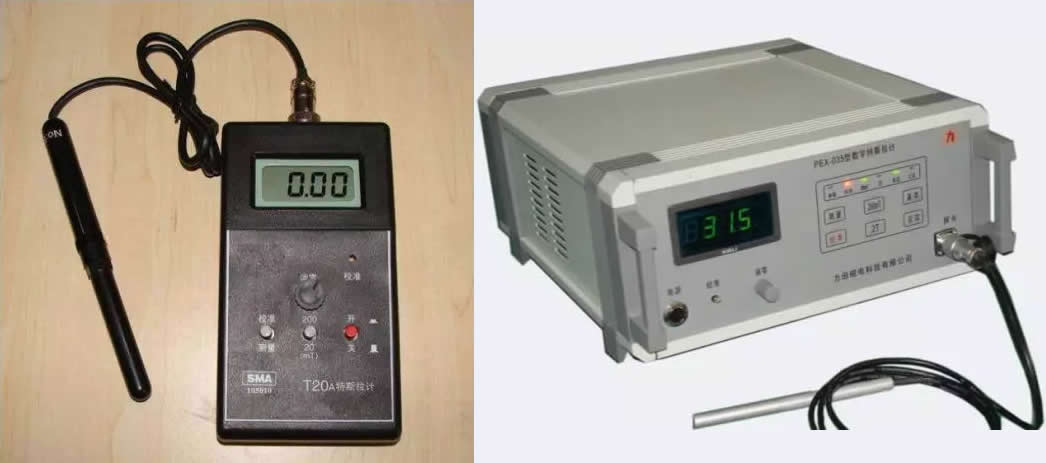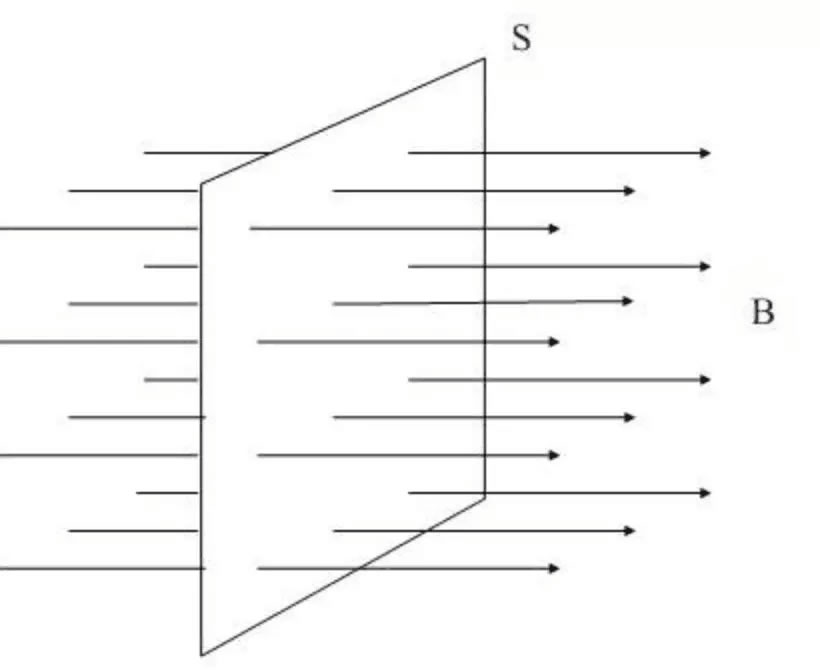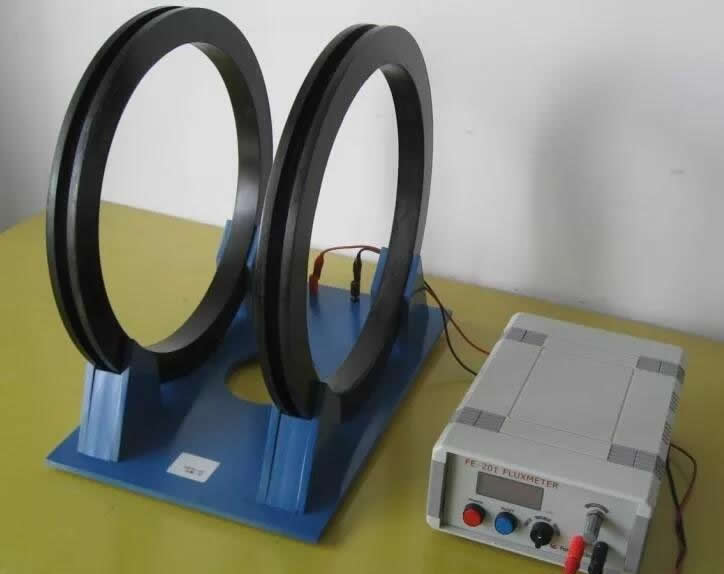Surface magnetism, magnetic flux and remanence

Surface Magnetism
Surface magnetism refers to the magnetic induction intensity at a point on the surface of a magnet(so the center and the edge are different), is the value measured by the gaussmeter in contact with a certain surface of a magnet, not the magnetic property of the magnet as a whole.
We usually use gaussmeter to test the surface magnetism, also known as a teslameter. In addition, need to pay attention different countries to use the gaussmeter measurement standards are not the same.
Surface magnetism is related to the height-diameter ratio(the ratio of the height of a magnet to its diameter). The higher the ratio of height to diameter, the higher of the surface magnetism, that is, the larger the surface area perpendicular to the direction of magnetism , the lower the surface magnetism. The larger the size of magnetization direction, the higher the surface magnetism.

Magnetic flux
For example, in a uniform magnetic field with magnetic induction intensity B, there is a plane of area S perpendicular to the direction of the magnetic field, the product of the magnetic induction intensity B times the area S is called the magnetic flux across the plane, symbol “Φ”, the unit is webber(Wb).
Magnetic flux is the physical quantity that represents the distribution of the magnetic field, it’s a scalar quantity, but there is a plus or minus, plus or minus is just the direction. Φ=B·S,when there is an angle θ between the vertical plane of S and B, Φ=B·S·cosθ.

The magnitude of the magnetic flux in a plane can be visualized by the number of magnetic lines passing through the plane. In the same magnetic field, the greater intensity of magnetic induction , the closer the magnetic lines. Therefore, the bigger B is , the bigger S is , the greater the magnetic flux is, which means the more magnetic lines passing through the surface. If there are two magnetic flux in opposite direction in a plane, then the combined magnetic flux is the algebraic sum of the magnetic flux in opposite direction.
A fluxmeter is an instrument for measuring magnetic flux, at the same time, the measuring coil(copper wire with D0.1~0.5) should be matched. In recent years, domestic permanent magnet manufacturers widely use helmholtz coils to test batch products.(helmholtz coils are devices that produce uniform magnetic fields over a small area. Helmholtz coils are often used in physical instruments because of their open nature and the ease which other instruments can be placed or removed, as well as direct visual observations. It’s named for the German physicist Hermann Von Halmholtz.

Remanence
Remanence refers to the magnetic induction intensity retained in magnetic body when the external magnetic field is used to magnetize the magnet to saturation state and then gradually reduce the external magnetic field to zero, it’s called residual magnetic induction intensity(Br). Remanence is determined by the properties of the magnet itself, the remanence of the same magnet is invariable under certain conditions and it has single value.
Remanence and surface magnetism: both are in gauss, but there’s no correspondence in remanence and surface magnetism, that is remanence of the same two magnets, their surface magnetism may not be the same, surface magnetism affected by the shape, size and magnetization direction of the magnet.
1).The two magnets with the same shape, grade and size, the higher surface magnetism, the stronger remanence.
2). The two magnets with different shape, grade and size, the magnitude of remanence can’t be determined simply by the higher or lower of the surface magnetism.
The relationship between remanence and magnetic flux: when the magnetic circuit of a magnet is closed, a fluxmeter can be used to measure the magnetic flux, and then calculate the remanence. Br=φ/n/s, φis magnetic flux, n is number of terns per coil, s is the cross sectional area of the magnet.
